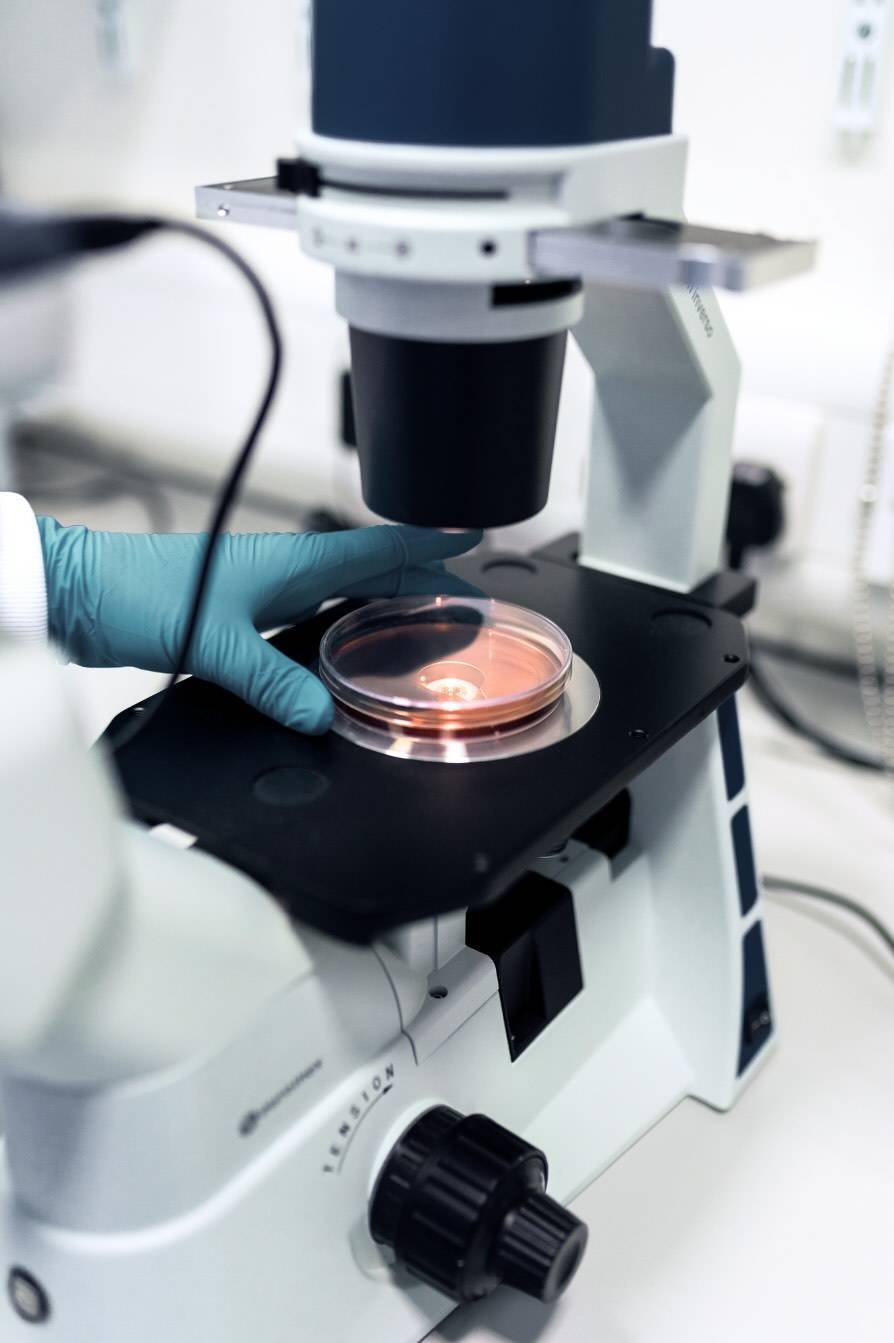At our facility, we provide a range of specialized tests tailored to meet your specific needs, guaranteeing the quality, durability, and reliability of your products. Each test is meticulously crafted to yield precise and reliable results, enabling you to make informed decisions confidently. These tests play a crucial role in assessing different aspects of product quality and performance, ensuring adherence to industry standards across various sectors.











The copper sulfate test is a chemical procedure conducted to visually confirm the presence of iron (Fe) in stainless steel. It operates on the principle of an oxidation-reduction reaction, where dissolved copper ions adhere to the iron present on the surface. Application of a copper sulfate solution to the area of interest through swabbing or brushing facilitates this reaction. Upon interaction with any iron particles on the surface, the solution causes them to change to a brownish color, indicating their presence.
_______________________________________________________________________________________________
The salt spray test, also referred to as the salt fog test, is a widely recognized and longstanding method for corrosion assessment. It serves as a standardized technique utilized to evaluate the corrosion resistance of materials and surface coatings. This testing method creates a controlled, accelerated corrosive environment to gauge the relative corrosion resistance of coatings, substrates, or components. Parts or panels are enclosed within a chamber and subjected to continuous exposure for a specified duration, followed by assessment for corrosion resistance.
_______________________________________________________________________________________________
The primary objective of this testing method is to assess a product’s resistance or susceptibility to corrosion. Water immersion tests play a crucial role in verifying the acceptability and quality control of coatings and substrate treatments during manufacturing processes. Through this method, the water resistance of coatings can be determined as it enables the detection of flaws, irregularities, and defects on coated specimens. By replicating various conditions conducive to corrosion within a controlled environment, water immersion testing helps to ascertain the rate at which a substance is prone to corrosion. Armed with this insight, users can make informed decisions about selecting coatings that enhance the longevity and strength of their materials.
_______________________________________________________________________________________________
This test is employed to detect free iron or any anodic surface contaminants on stainless steel. The sample, representing a batch of passivated parts, is immersed in distilled water heated to 95-100°C [200-212ºF]. This temperature is maintained for at least 30 minutes, ensuring the sample remains submerged. If the container is metallic, the parts should not make contact with it; a temperature-resistant polymeric support is recommended. After this period, the container is allowed to cool for 3 hours and 15 minutes. The sample is then removed and air-dried for 2 hours and 10 minutes. The tested sample should not show any rust or staining attributable to the presence of free iron particles.
_______________________________________________________________________________________________
Our method entails thorough washing, filtration, and microscope analysis using Millipore testing. We meticulously count and size particulates to ensure they conform to customer specifications. Manufacturers rely on Millipore testing to evaluate the cleanliness of finished components, making it a critical quality control measure. This testing detects the presence of solid particles or other non-soluble contaminants, which can cause inefficiencies, safety hazards, and premature wear over the component’s lifespan. While historically prominent in the auto industry, Millipore testing is increasingly recognized and adopted by the pharmaceutical and medical sectors.


We offer additional services and recommendations for addressing any identified issues, or ongoing support for implementing corrective measures.
Yes, we offer customizable testing services tailored to meet specific product specifications or industry standards. We have the professionals to ensure that the testing protocols align with your needs.
The duration of these tests can vary depending on factors such as the specific requirements of the product being tested, industry standards, and the desired level of accuracy in the results.